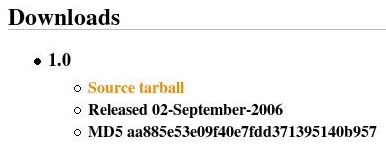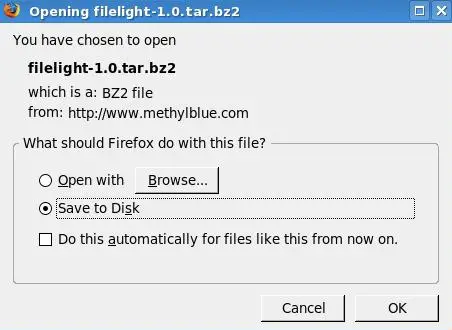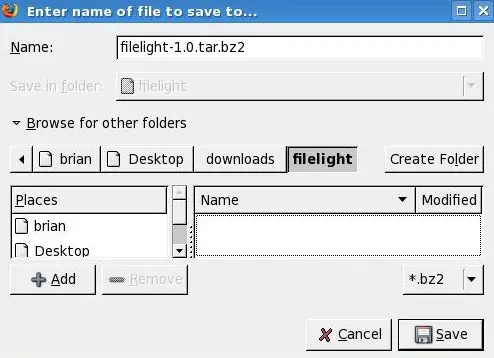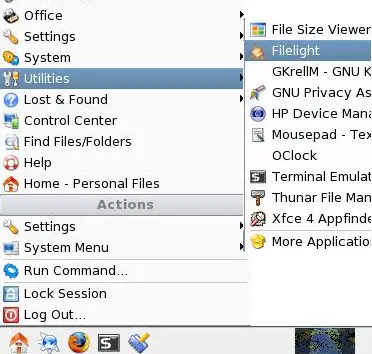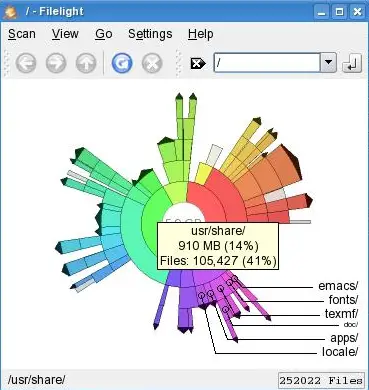The Perfect Desktop - Slackware 12 - Page 10
On this page
20 Installing From Source:
Installing from source code is easy. Usually the following steps are all you need to do:./configure
make
su -c "make install"
Download Filelight from http://www.methylblue.com/filelight/.
Notice that this is a Bzipped file unlike all the other downloads in this tutorial that are Gzipped. This means that we'll be extracting the file using tar xjvf instead of tar xzvf.
Click the Source tarball to download:
Save the file:
I made a directory named filelight and saved it there:
In the terminal window type,
cd /home/brian/Desktop/downloads/filelight
Then extract the contents by typing,
tar xjvf filelight-1.0.tar.bz2
After you unpack the file a directory is created named filelight-1.0.
Change your directory to filelight-1.0 by typing,
cd filelight-1.0
Type,
./configure
Then run make,
make
Finally run,
su -c "make install"
Or, if you are already logged in as root just type,
make install
Once installation is finished run the program by clicking, K Menu->Utilities->Filelight:
21 Inventory (VIII)
We now have all wanted applications installed.Graphics:
[x] The GIMP
[x] Google Picasa
Internet:
[x] Firefox
[x] Thunderbird
[x] Java Runtime Environment
[x] Flash
[x] RealPlayer
[x] aKregator
[x] Pidgin
[x] Xchat IRC
[x] gFTP
[x] BitTorrent
[x] Guarddog
[x] Google Earth
[x] Skype
Office:
[x] OpenOffice.org
[x] Adobe Acrobat reader
[x] Kontact
[x] Scribus
[x] kmymoney2
Sound & Video:
[x] Audacious
[x] K3B
[x] Noatun
[x] VLC Media Player
Programming:
[x] Quanta Plus
[x] Kate
[x] The Java 2 SDK
System Utilities:
[x] htop
[x] iptraf
[x] netstat
[x] Filelight
[x] KDE Info Center
[x] Konqueror
Other:
[x] VMware Server
[x] NTFS-3G driver
[x] FUSE

